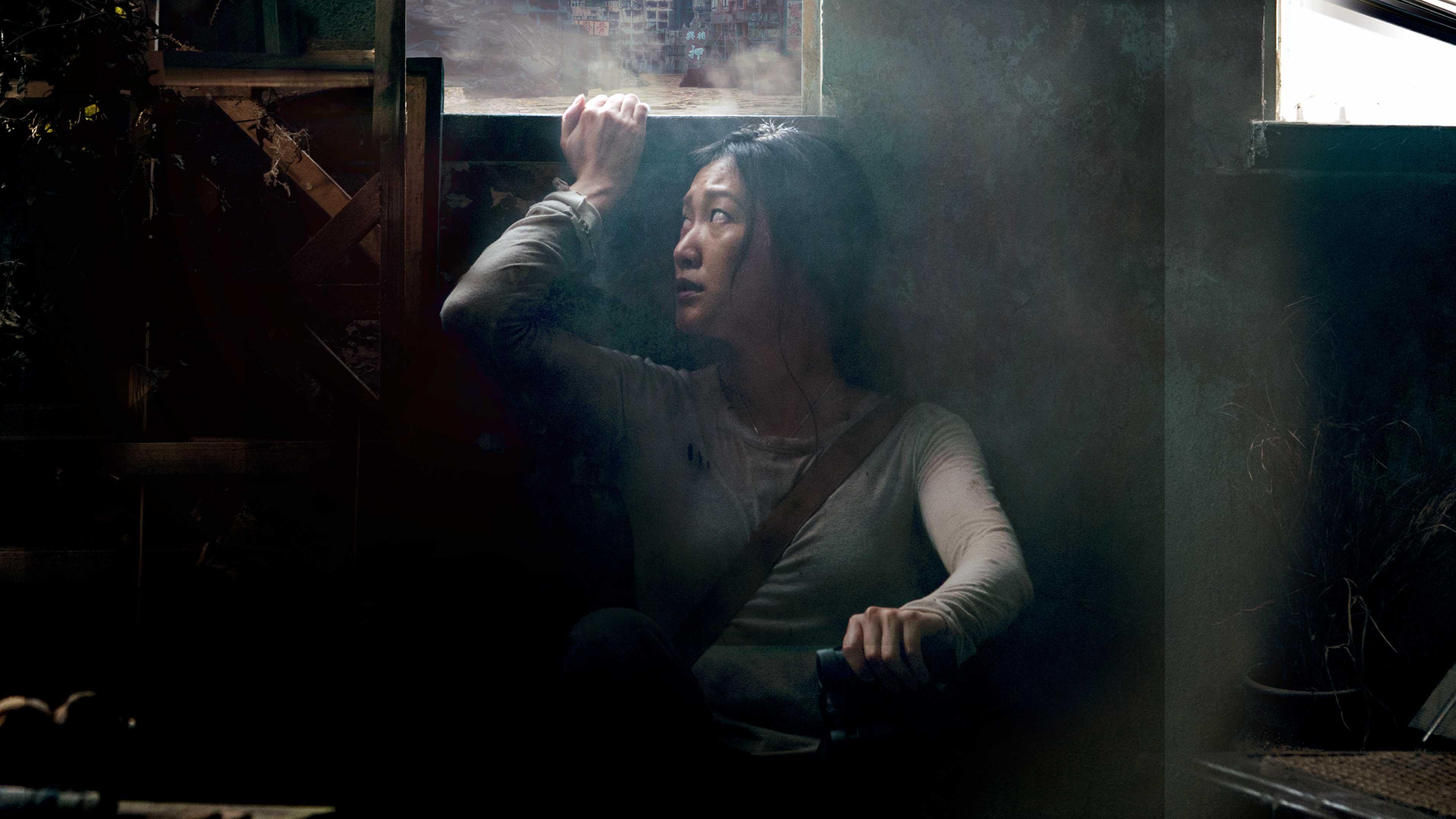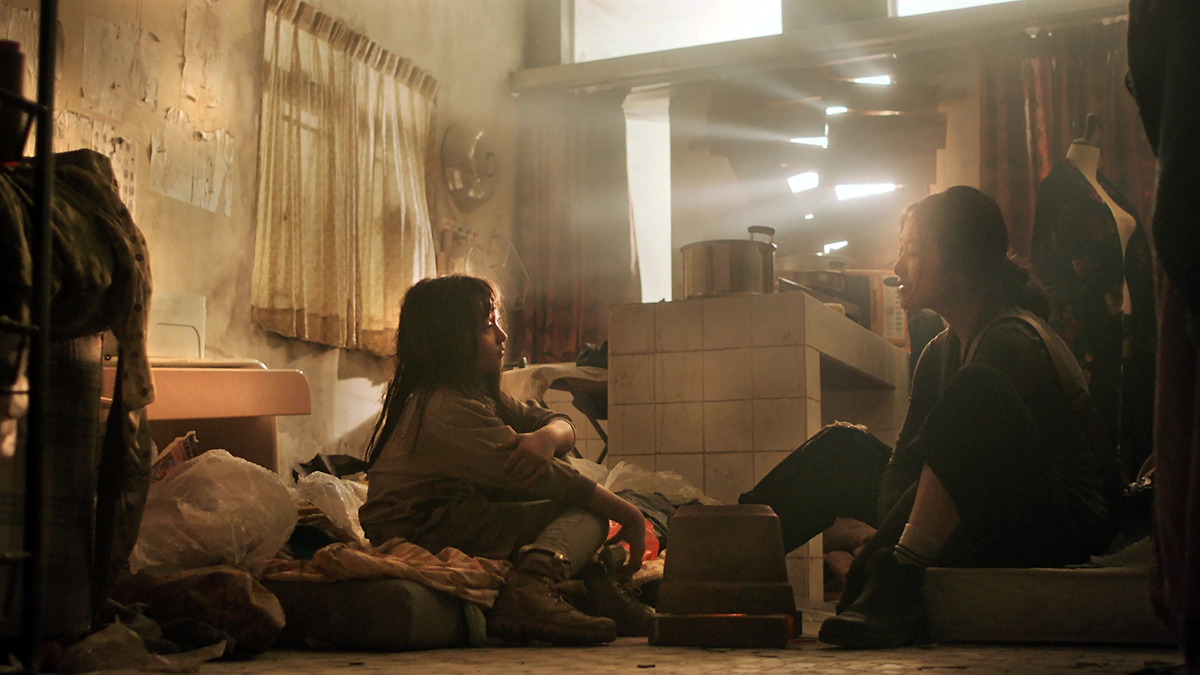The Calm Beyond – A Quiet Tale of Survival and Hope After the Storm
The Calm Beyond (2020) is a poignant survival drama set in a post-apocalyptic Hong Kong, directed by Joshua Wong and written by Joshua Wong and Joe DeBoer. While the film blends elements of dystopia and human drama, its tone is deeply introspective and emotionally resonant. Rather than focusing on action or spectacle, it chooses to explore grief, solitude, and the human need for connection in the wake of disaster.
The story follows Asha (played by Kara Wang), a young woman who has been living in isolation ever since a massive typhoon devastated Hong Kong. In the aftermath of the storm, the city has been left flooded and abandoned, and Asha survives alone in the upper floors of a crumbling apartment building. Her days are filled with routine—collecting rainwater, scavenging supplies, and staying out of sight. Her silence and solitude mirror the haunting stillness of the ruined city.

As the film unfolds, we learn that Asha is not only surviving the physical aftermath of the typhoon but also the emotional trauma of personal loss. Through carefully placed flashbacks and subtle visual storytelling, it’s revealed that she lost her family during the disaster. The absence of dialogue in much of the film allows viewers to feel her isolation in a visceral way.
Asha’s quiet world is disrupted when she discovers a young girl, Ling, hiding in the building. Ling is alone and frightened, and Asha is initially hesitant to get involved. But the bond between them slowly grows, pulling Asha out of her emotional shell and forcing her to confront the pain she’s been burying. Their relationship becomes the heart of the film, as Asha gradually rediscovers her capacity for compassion, care, and hope.
Kara Wang delivers a moving and restrained performance as Asha. With very few spoken lines, she communicates through expression, body language, and subtle emotional cues. Her portrayal captures the weight of loneliness and grief, while also showing a quiet strength that keeps her moving forward. The young actress who plays Ling brings innocence and vulnerability to the story, creating a delicate contrast to Asha’s hardened exterior.

Visually, The Calm Beyond is stunning. The film captures the eerie beauty of a submerged city—abandoned skyscrapers, flooded streets, and makeshift shelters that reflect both devastation and resilience. The cinematography is minimalistic but elegant, reinforcing the emotional tone of the narrative. The sound design is equally effective, using silence, ambient noise, and natural elements to enhance the atmosphere.
While The Calm Beyond may not follow the conventional pace of a survival thriller, it succeeds as a quiet, meditative story about healing. It speaks to the emotional aftermath of disaster, not just the physical struggle to survive. Themes of grief, recovery, and the human drive to connect make it a deeply moving experience.
In conclusion, The Calm Beyond is a gentle, haunting film that lingers long after the credits roll. It’s a testament to resilience, reminding us that even in the bleakest circumstances, there can be moments of beauty, connection, and redemption.



-1752639448-q80.webp)